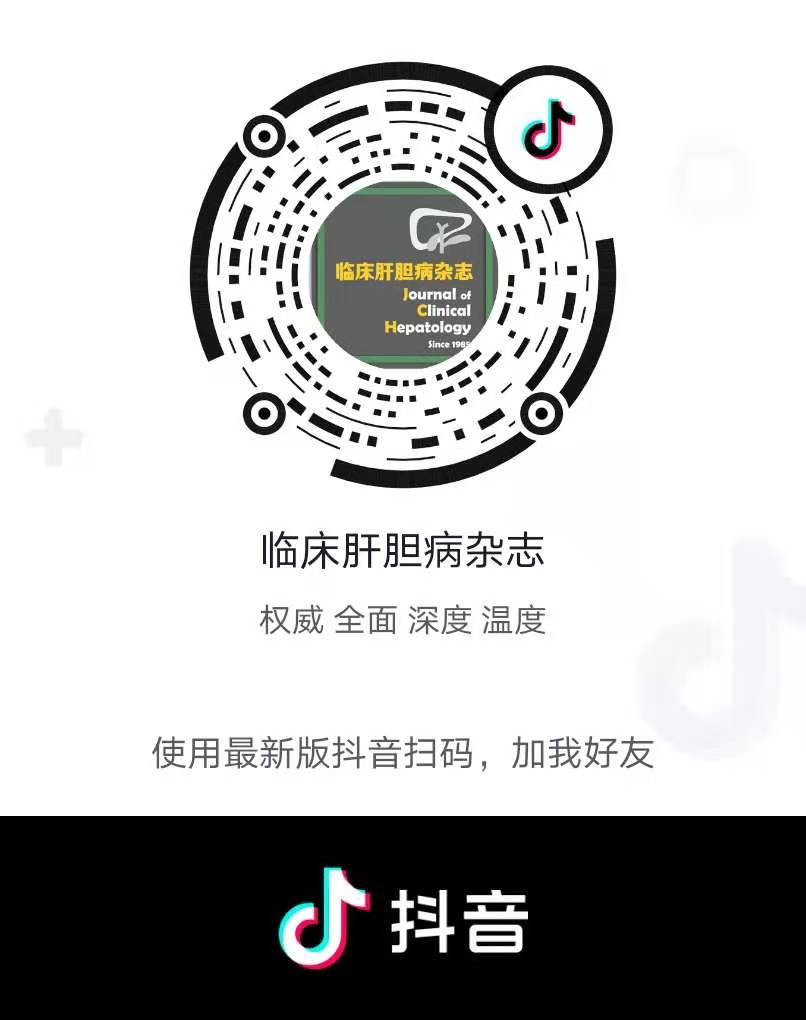Abstract:
Objective To investigate related influencing factors in patients with type 2 diabetes mellitus (T2DM) and nonalcoholic fatty liver disease (NAFLD). Methods A total of 252 patients with T2DM who were treated in Shanghai Baoshan Hospital of Integrated Traditional Chinese and Western Medicine from May 2021 to March 2022 were enrolled as subjects, and these patients were also included in Metabolic Management Center of China. According to the presence or absence of fatty liver disease, the patients were divided into simple T2DM group (n=105) and T2DM+NAFLD group (n=147). Related general data were analyzed, including sex, age, blood pressure, body height, body weight, neck circumference, triglyceride (TG), total cholesterol, high-density lipoprotein cholesterol (HDL-C), low-density lipoprotein cholesterol, fasting blood glucose, glycosylated hemoglobin, high-sensitivity C-reactive protein, albumin/creatinine ratio in morning urine, thyroid stimulating hormone, uric acid, intrahepatic fat deposition, carotid intima-media thickness, and brachial-ankle pulse wave velocity. The group t-test was used for comparison of normally distributed continuous data between two groups, and the Mann-Whitney U test was used for comparison of non-normally distributed continuous data between two groups; the chi-square test was used for comparison of categorical data between groups. A multivariate logistic regression analysis was used to investigate the risk factors for T2DM with NAFLD, and the receiver operating characteristic (ROC) curve was used to assess the predictive value of related influencing factors. Results The age-stratified analysis showed that in the < 50 years age group, compared with the patients with T2DM alone, the patients with T2DM and NAFLD had significantly higher levels of body mass index (BMI), visceral fat, TG, brachial-ankle pulse wave velocity, albumin/creatinine ratio in morning urine, and uric acid (P < 0.05); in the ≥50 years age group, compared with the patients with T2DM alone, the patients with T2DM and NAFLD had significantly higher levels of blood pressure, BMI, visceral fat, TG, brachial-ankle pulse wave velocity, albumin/creatinine ratio in morning urine, and uric acid (P < 0.05) and a significantly lower level of serum HDL-C (P < 0.05). The multivariate logistic regression analysis showed that BMI (odds ratio [OR]=1.408, 95% confidence interval [CI]: 1.136-1.746, P=0.002), HDL-C (OR=0.031, 95% CI: 0.001-0.647, P=0.025), left brachial-ankle pulse wave velocity (OR=1.003, 95% CI: 1.001-1.006, P=0.003), and uric acid (OR=1.011, 95% CI: 1.005-1.016, P < 0.001) were independent influencing factors for T2DM with NAFLD. The ROC curve analysis showed that HDL-C, BMI, left brachial-ankle pulse wave velocity, and uric acid had an area under the ROC curve of 0.695 (95% CI: 0.574-0.812), 0.708 (95% CI: 0.628-0.788), 0.611 (95% CI: 0.523-0.698), and 0.698 (95% CI: 0.617-0.779), respectively, in evaluating T2DM with NAFLD. Conclusion Low levels of HDL-C, BMI, left brachial-ankle pulse wave velocity, and uric acid have a certain value in predicting NAFLD in patients with T2DM.
ZHANG SX, ZHANG S, ZHANG Y, et al. Influencing factors for nonalcoholic fatty liver disease in patients with type 2 diabetes mellitus[J]. J Clin Hepatol, 2023, 39(5): 1081-1088.. doi: 10.3969/j.issn.1001-5256.2023.05.013.


 Abstract
Abstract HTML
HTML PDF (1914KB)
PDF (1914KB)




























